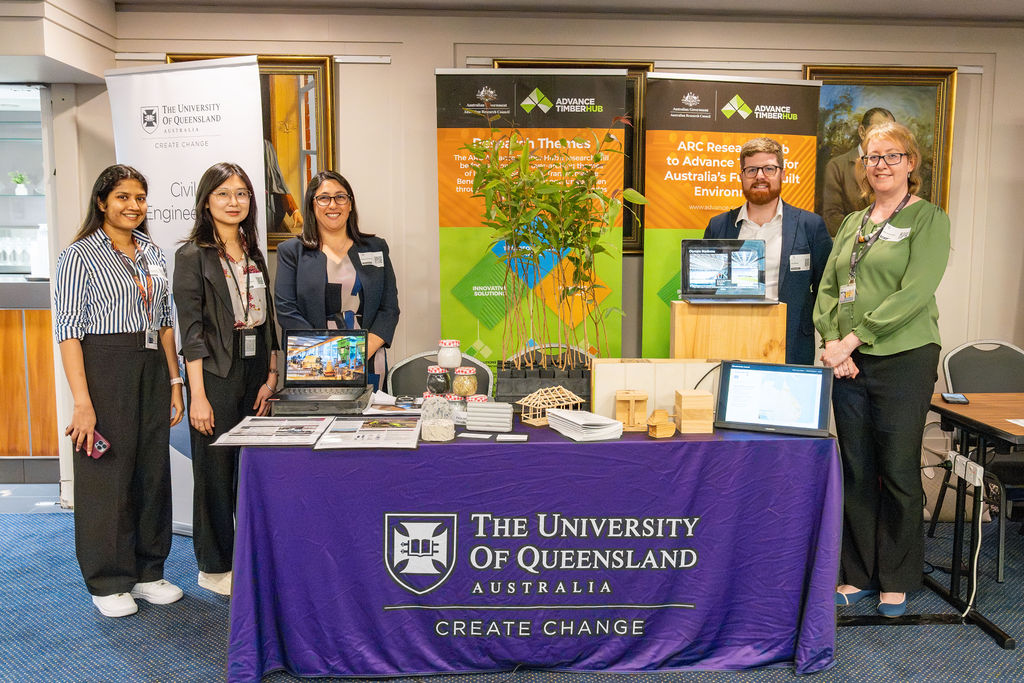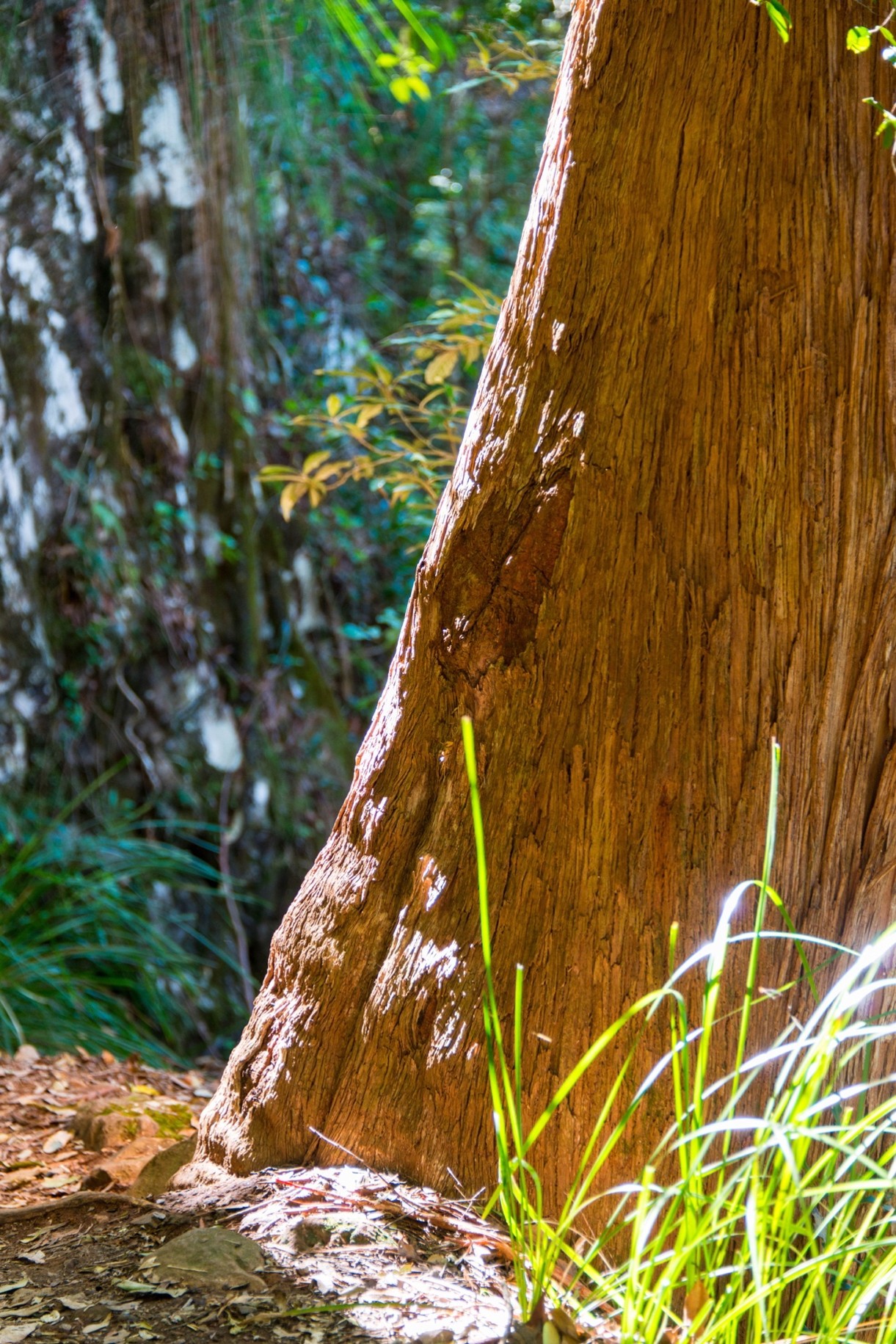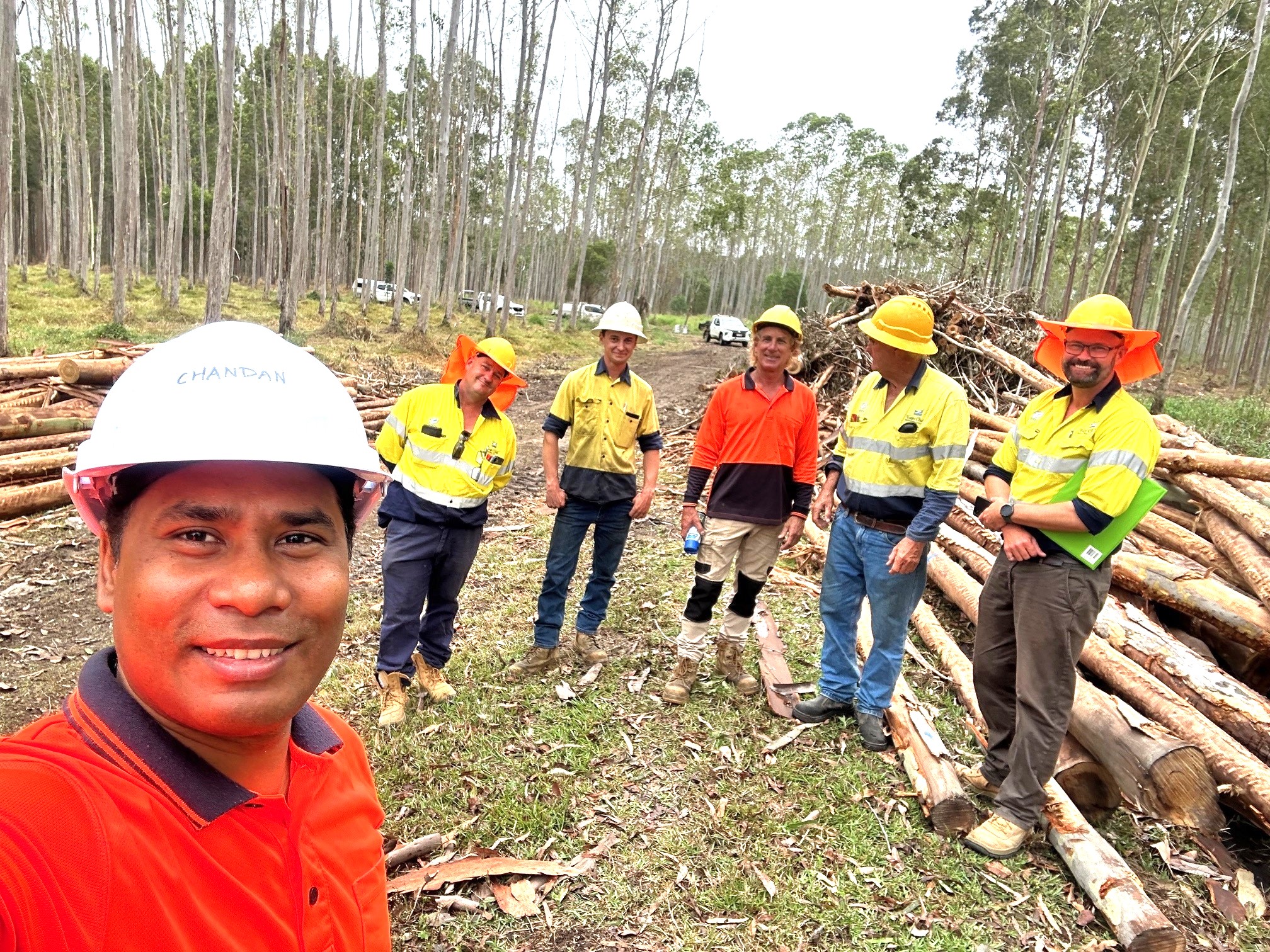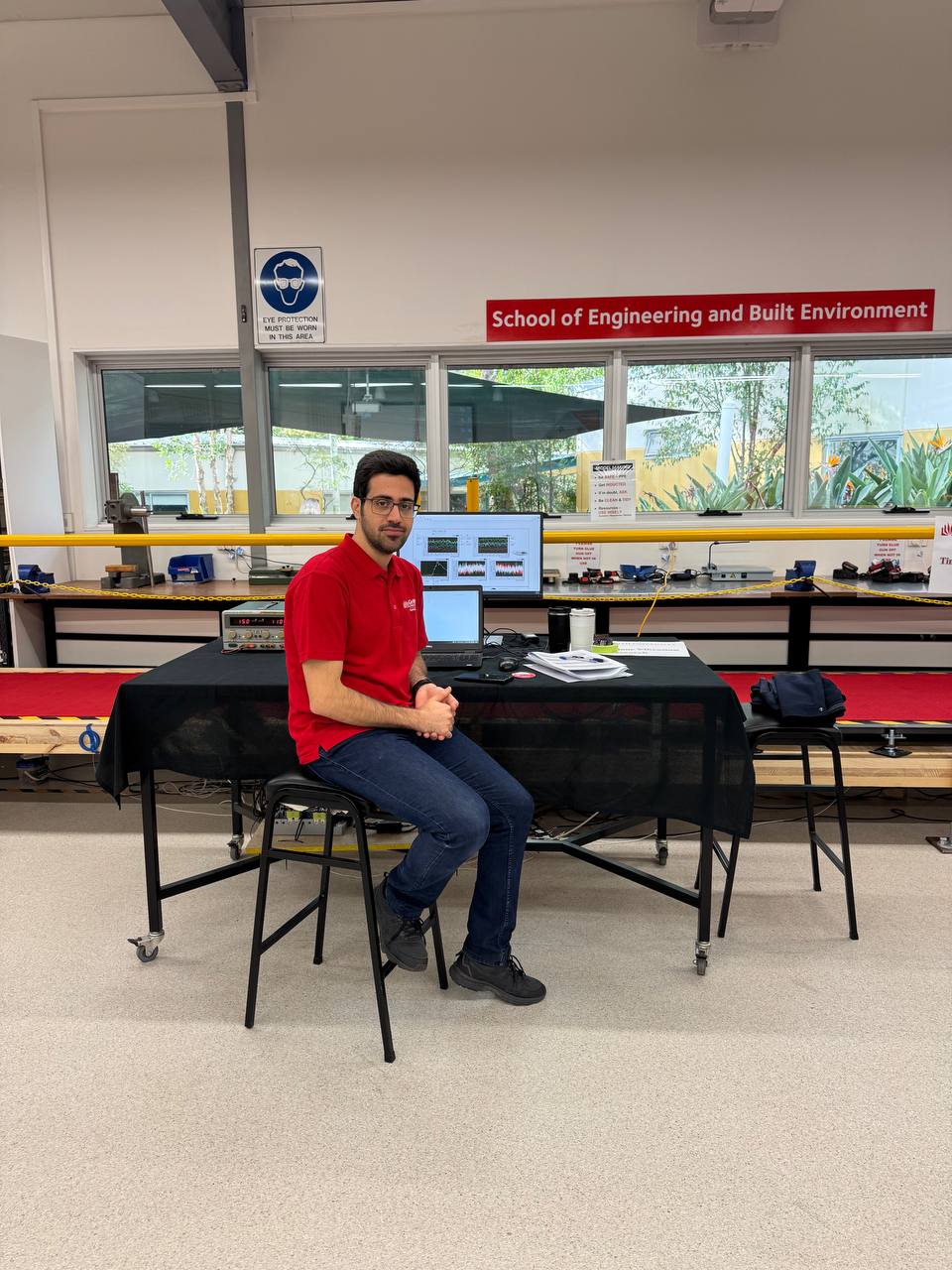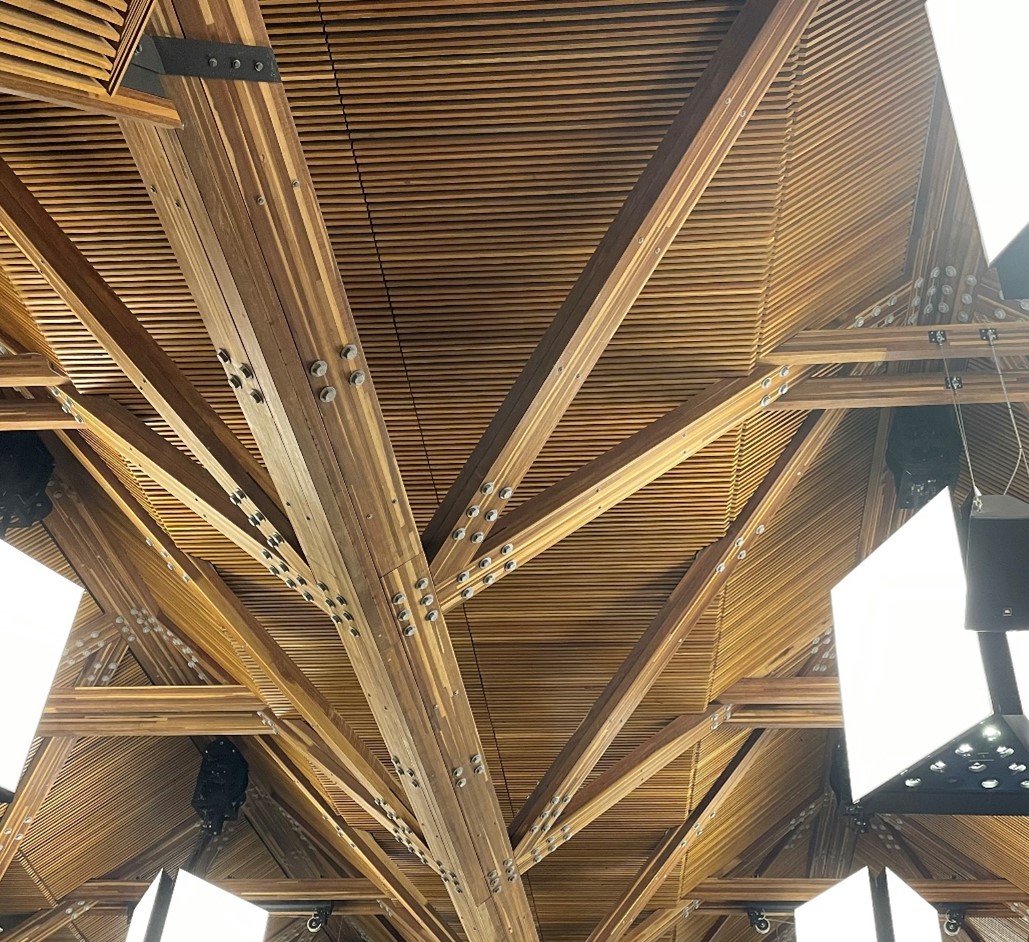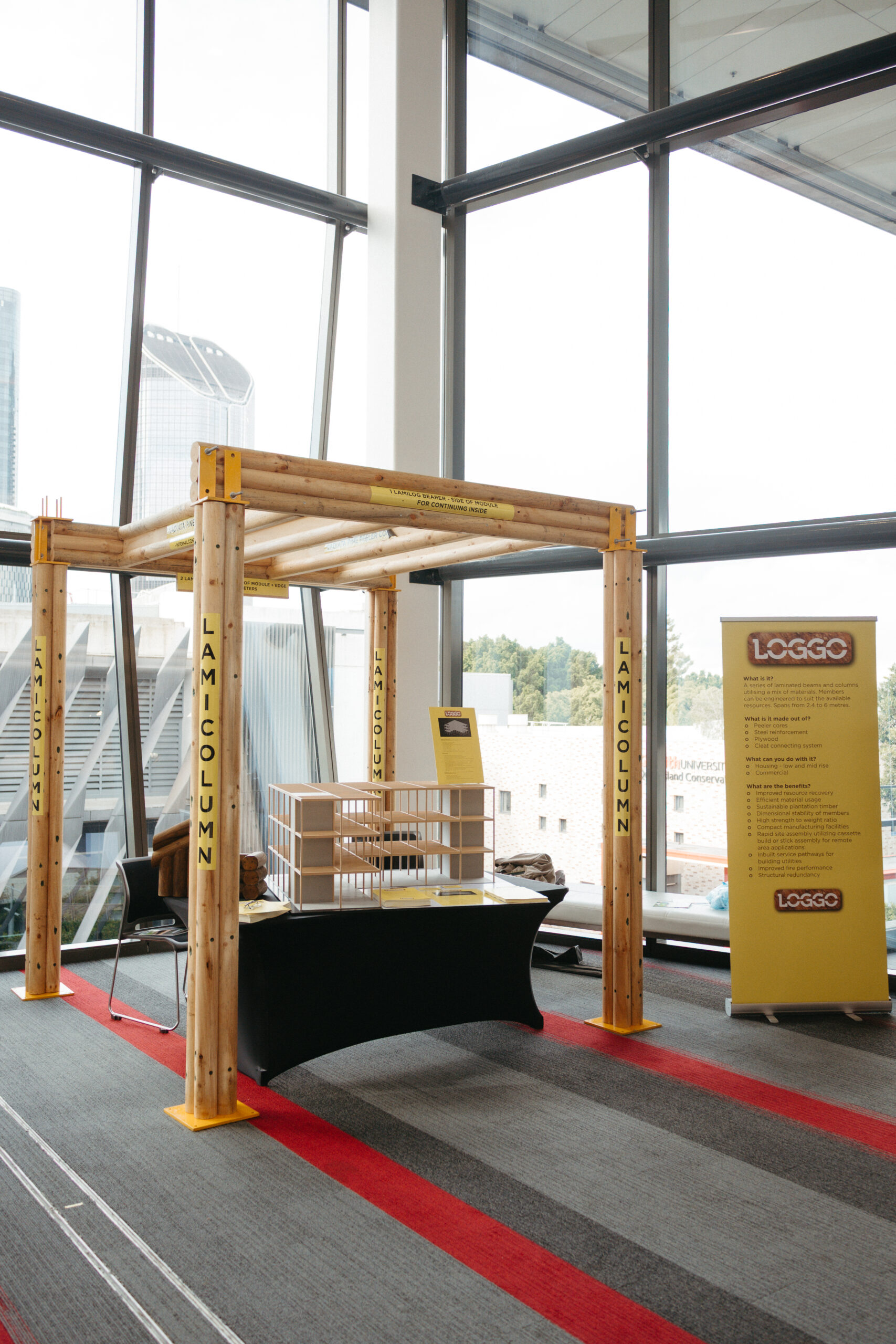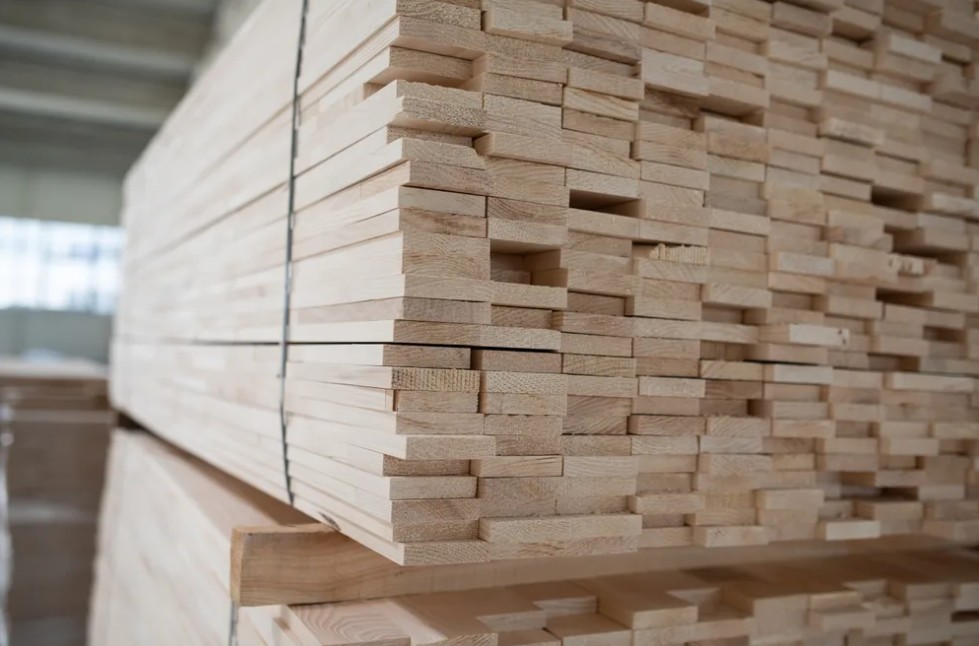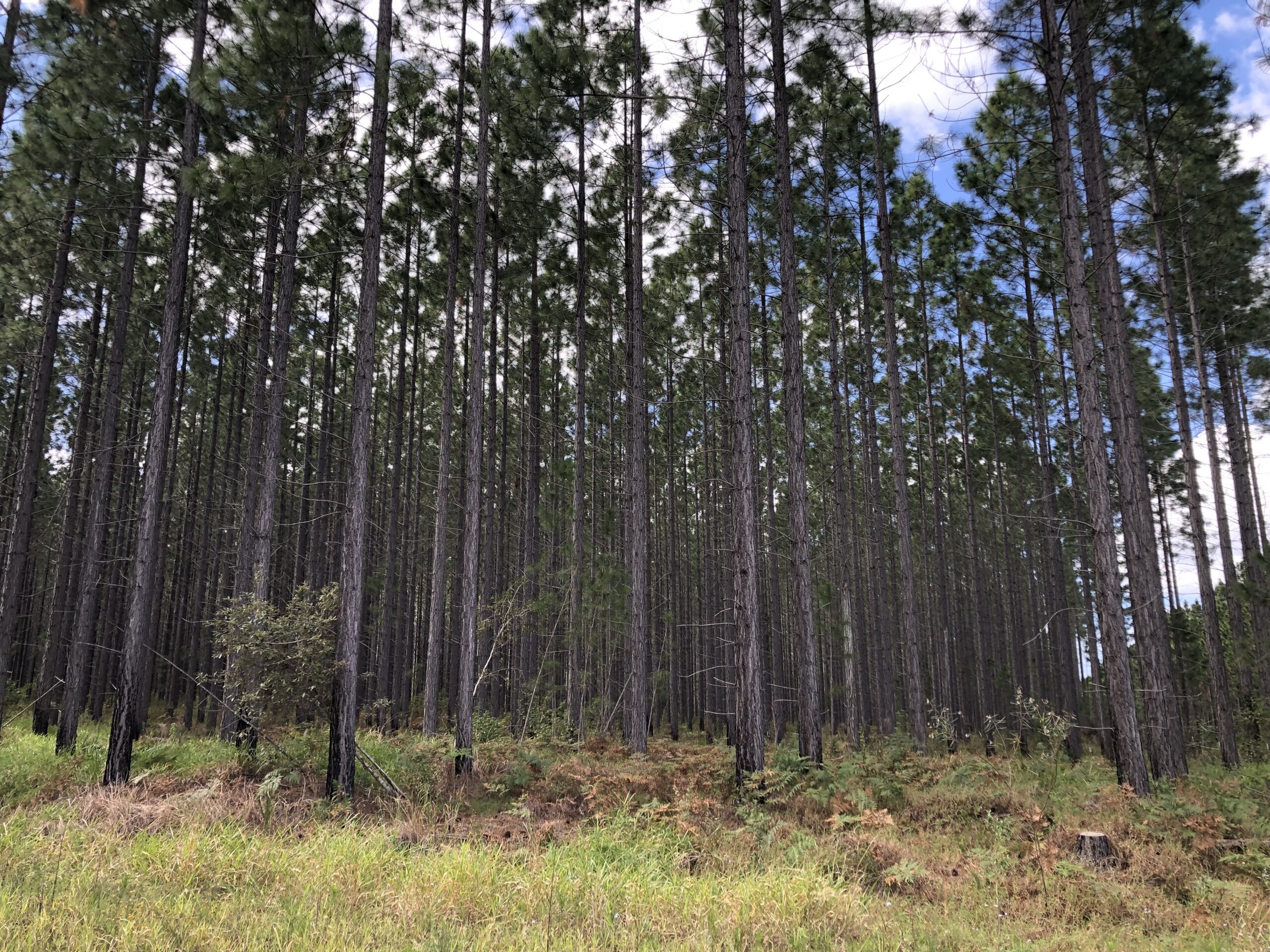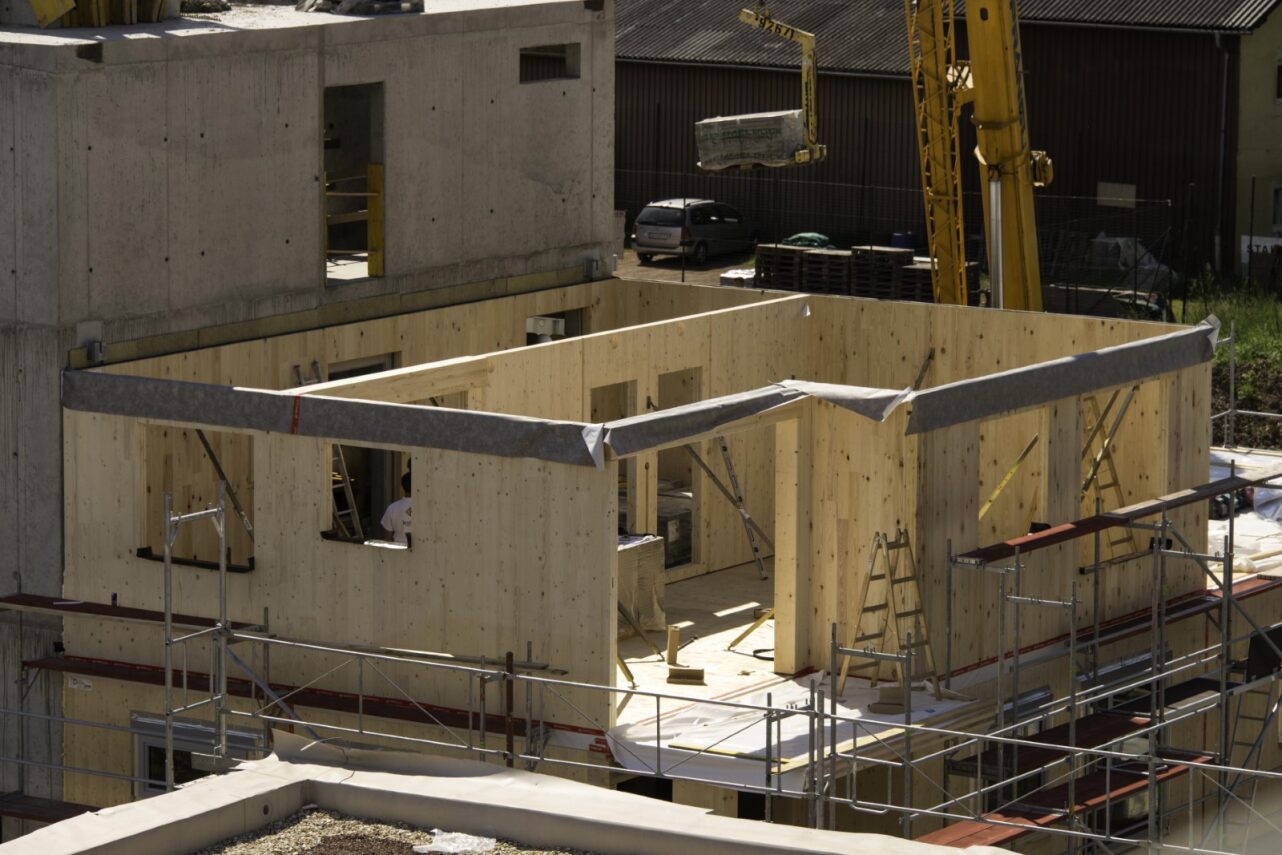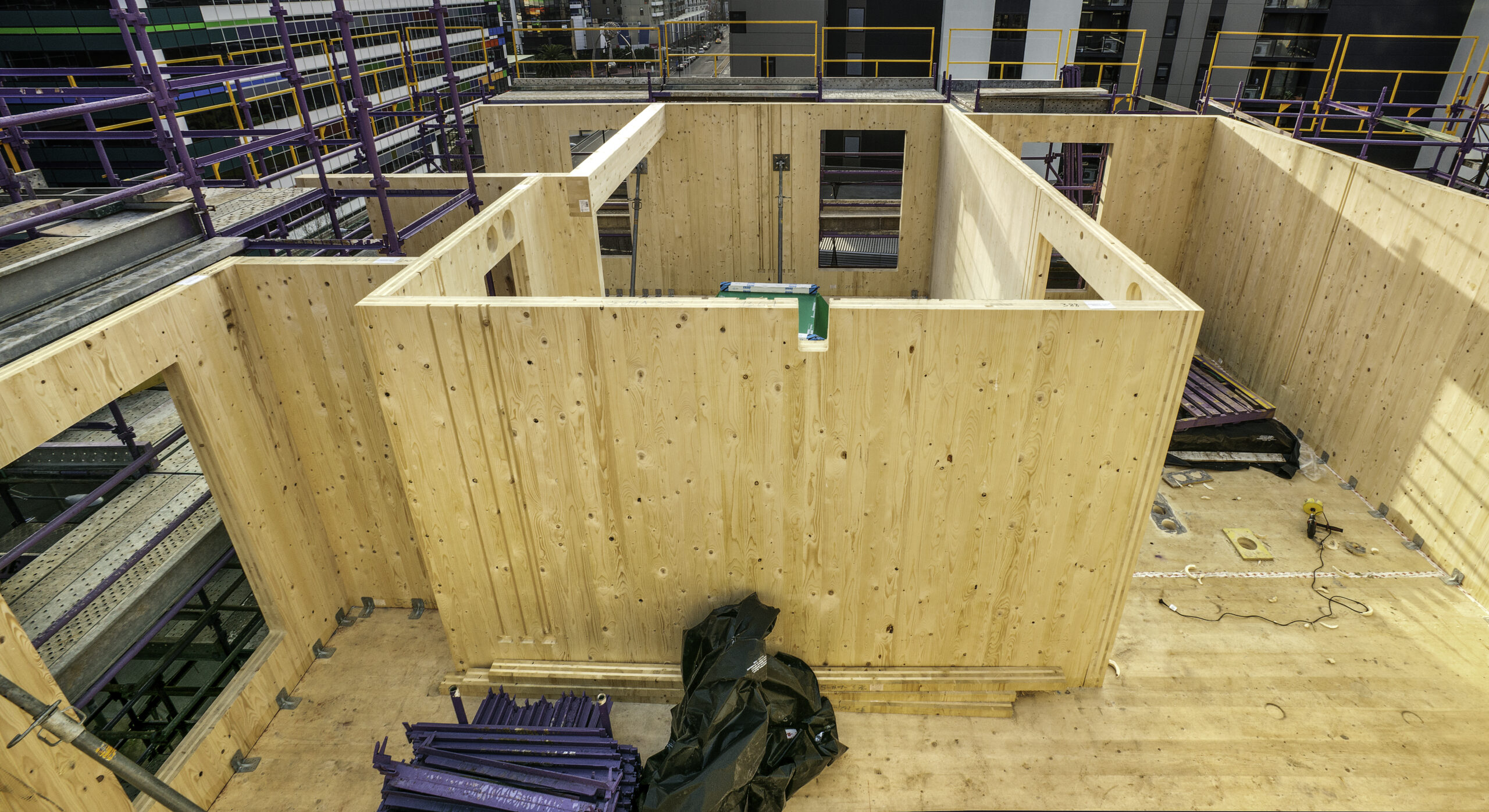The ARC Advance Timber Hub, together with The University of Queensland School of Civil Engineering, demonstrated a strong presence at Queensland Parliament House on Tuesday 9 December 2025, engaging directly with key government stakeholders to highlight The University of Queensland’s (UQ) Productivity in Practice Solutions Showcase.
ARC Advance Timber Hub representatives who attended the event included Associate Professor Joe Gattas (Theme Leader- Innovative Solutions and Node Leader Manufacturing Innovation & Value-Chain Innovation) and Kelly Rischmiller (Research Hub Manager).
The night involved meeting with Queensland Government Ministers, Shadow Ministers and Members of Parliament to showcase driving productivity, which is key to Queensland’s future, key to improving our way of life and key to lifting our standards of living.
As the ARC Advance Timber Hub is administered by UQ, it was proudly included in this showcase, which included:
- deep policy expertise to shape productivity enhancing reforms,
- research to create new technologies and innovation solutions,
- teaching and learning options that give people the skills they need to be productive in the workplace.
For a summary of UQ’s productivity capabilities, and case study examples of the projects helping to drive productivity on the ground across Queensland, please see, ‘Productivity for Queensland’s Future‘.
Reflecting on the importance of the event, Associate Professor Joe Gattas said, “Engaging directly with ministers and Members of Parliament is critical to ensuring the value of timber and timber research is well understood. Events like this allow us to clearly demonstrate how our research is supporting industry innovation and helping to position timber as a key material in Australia’s sustainable construction future.”
Featured photo – UQ School of Civil Engineering and ARC Advance Timber Hub stand (from left): UQ School of Civil Engineering PhD Candidates (Diluni Gardiya Manawaduge & Anastasia Jesica) with Professor Rebecca Gravina, alongside Associate Professor Joe Gattas and Kelly Rischmiller.
